BUXTON | Ethiopia | Washed
BUXTON | Ethiopia | Washed
Couldn't load pickup availability
Our Buxton is designed to be a true workhorse coffee, and is a favourite of ours at the cafe. Intended to be compatible in a variety of drink combinations whilst remaining delicious, juicy, fun and easy to work with.
An added benefit to this coffee, is that our purchase provides a donation towards a conservation effort that aims to protect an endangered species of wolf indigenous to Ethiopia.
Micro batch roasted to order, on London’s Brick Lane, using the world’s lowest carbon emitting roaster.
ORIGIN: Ethiopia
REGION: Konga, Yirgacheffe
PRODUCER: Konga Wetmill
VARIETAL: Ethiopian Heirloom
PROCESS: Washed
ELEVATION: 1850-1200 masl
Share
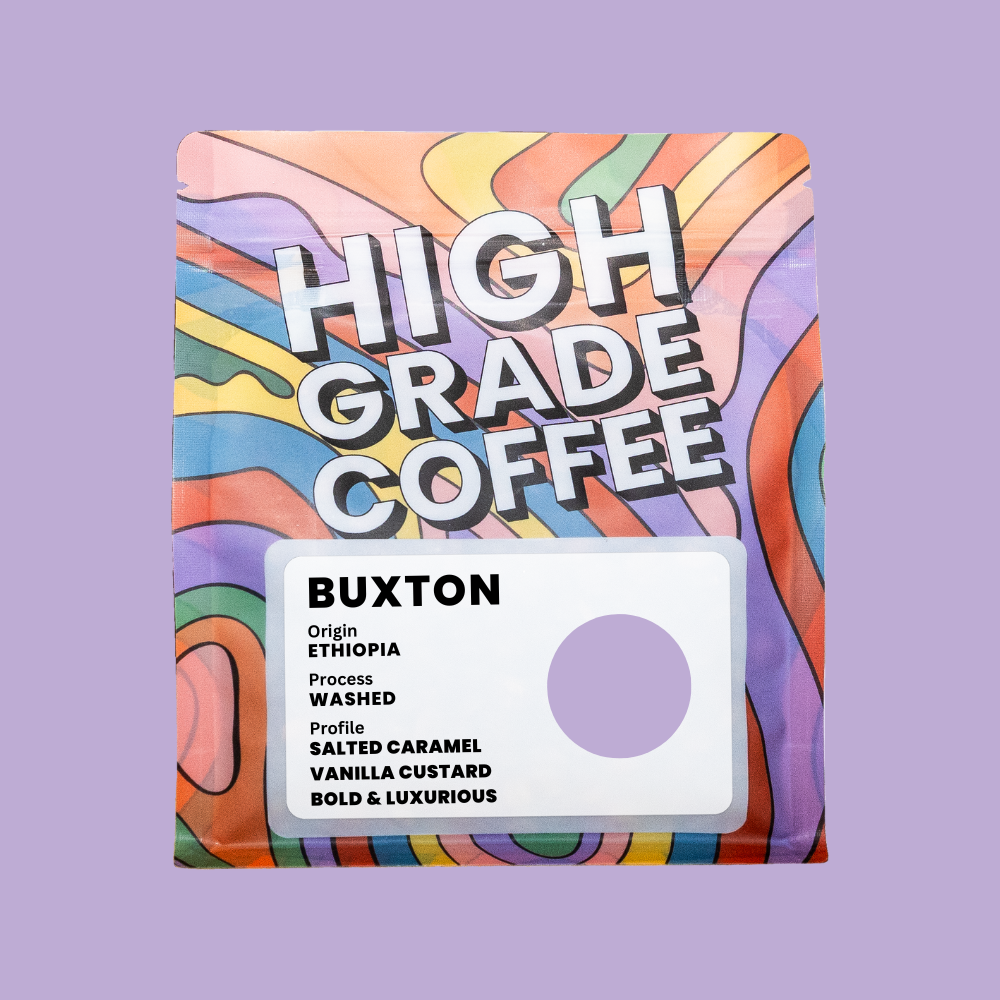
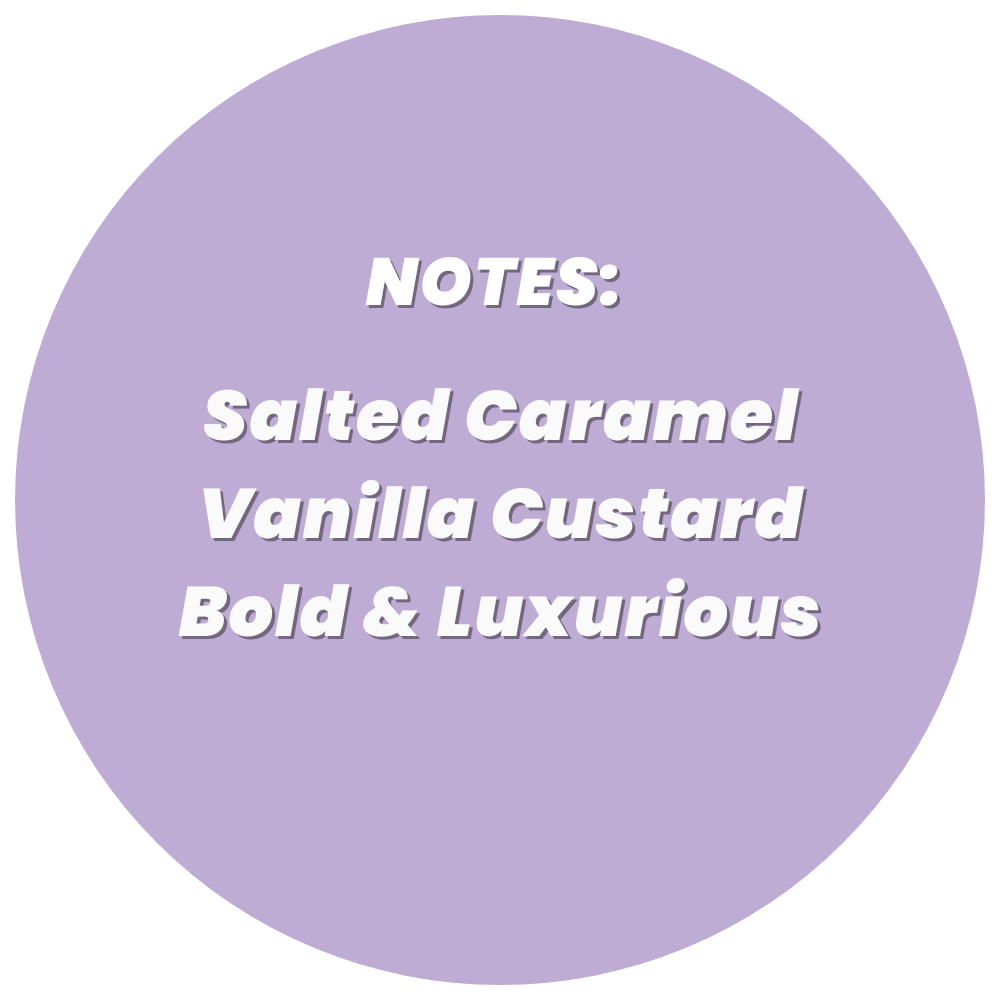
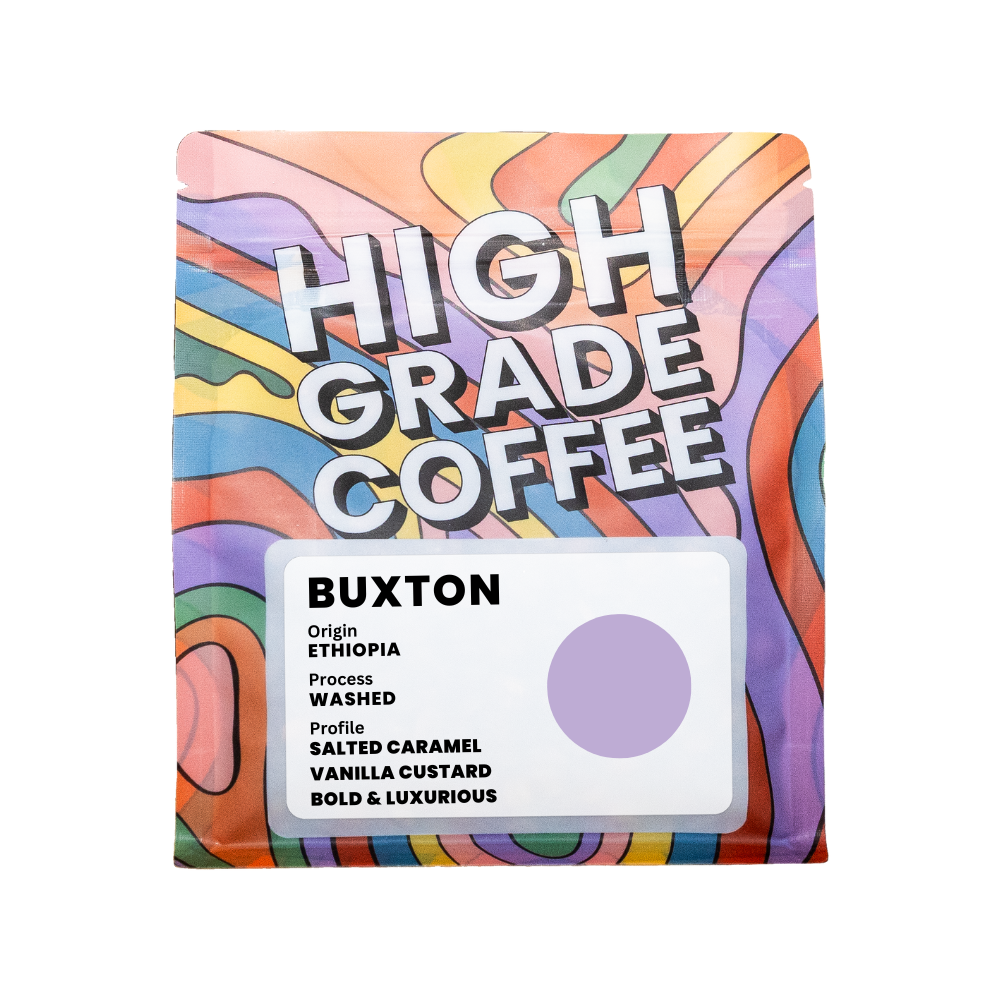
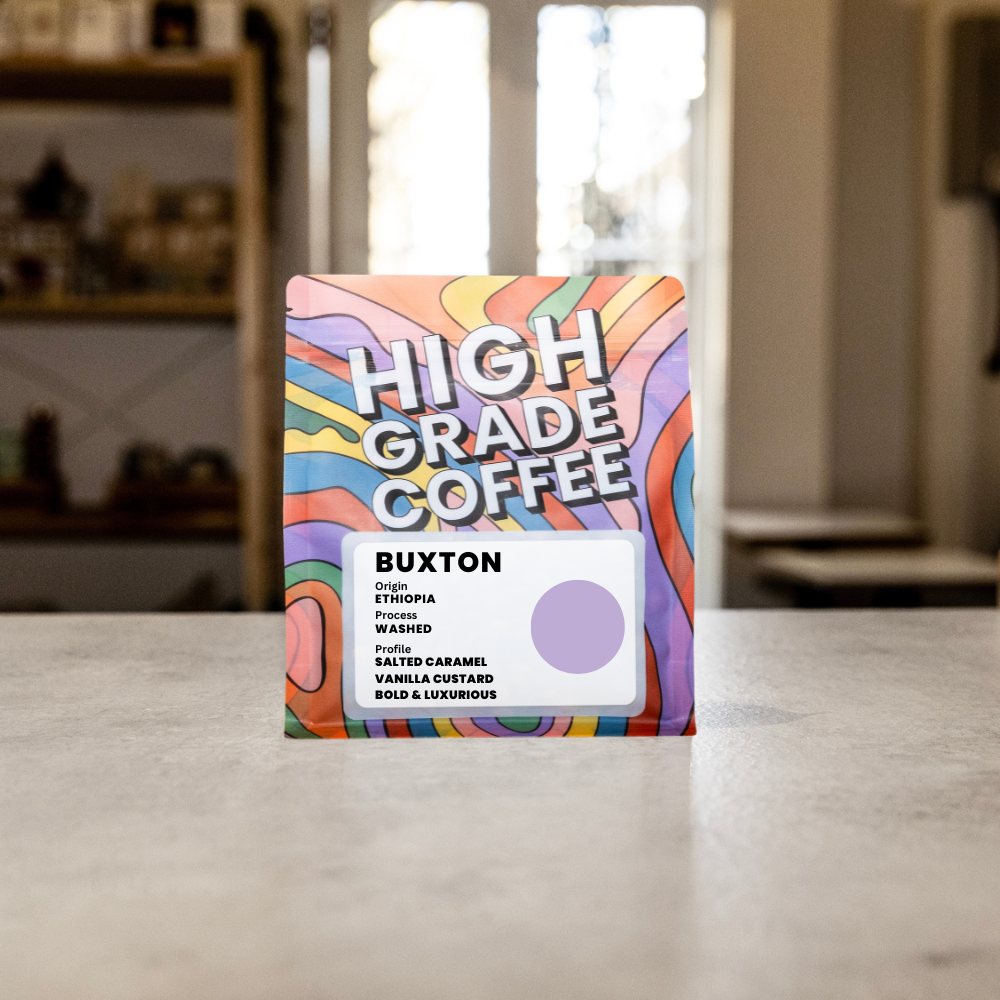
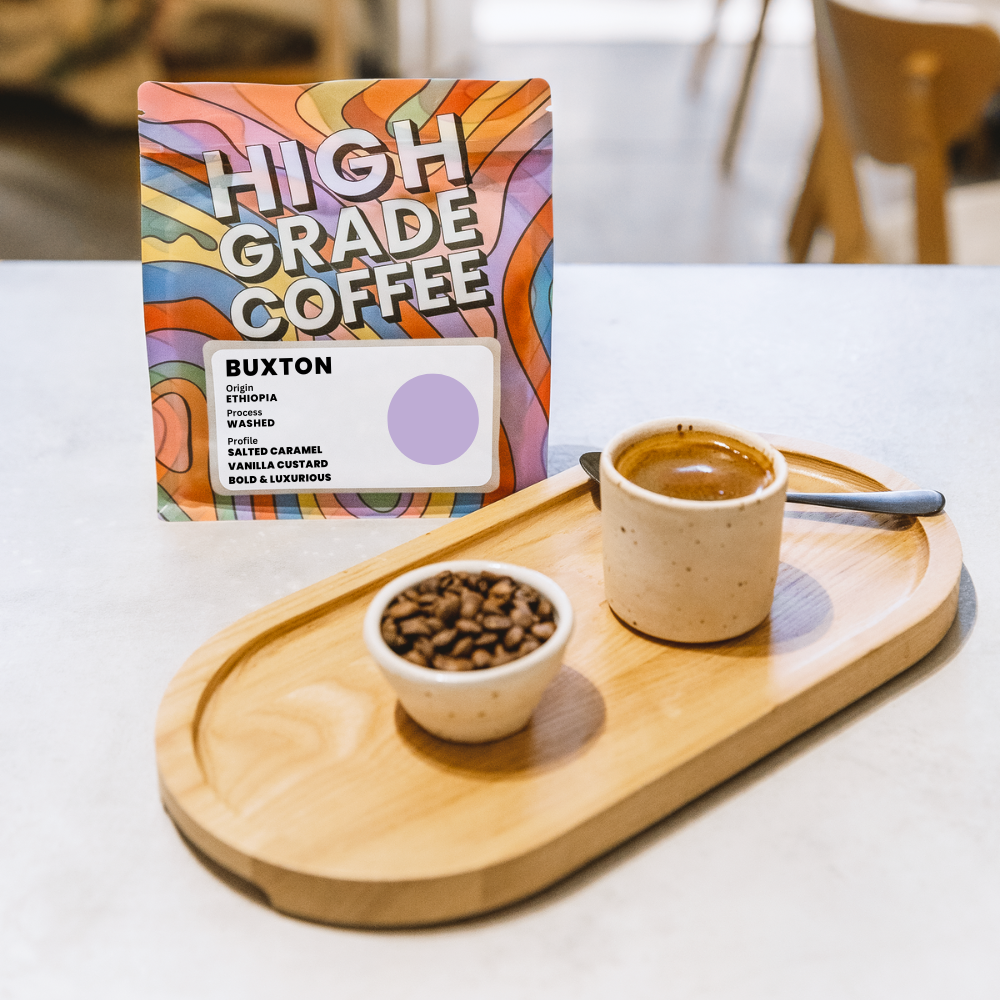

a bit about the bean
Conservation coffee
This edition of Buxton is a single origin lot sourced from the Konga wet mill in Yirgacheffe who work with 221 smallholder farmers local to the region.
Our Buxton coffee is directly sourced through an initiative that buys green at a premium helping fund a conservation programme that aims to save an endangered species of wolf, found only in Ethiopian mountain ranges.
This effort will hopefully have a meaningful impact on the wolf population, and prevent their demise from habitat loss and disease.
Click the button below to learn more about the programme.
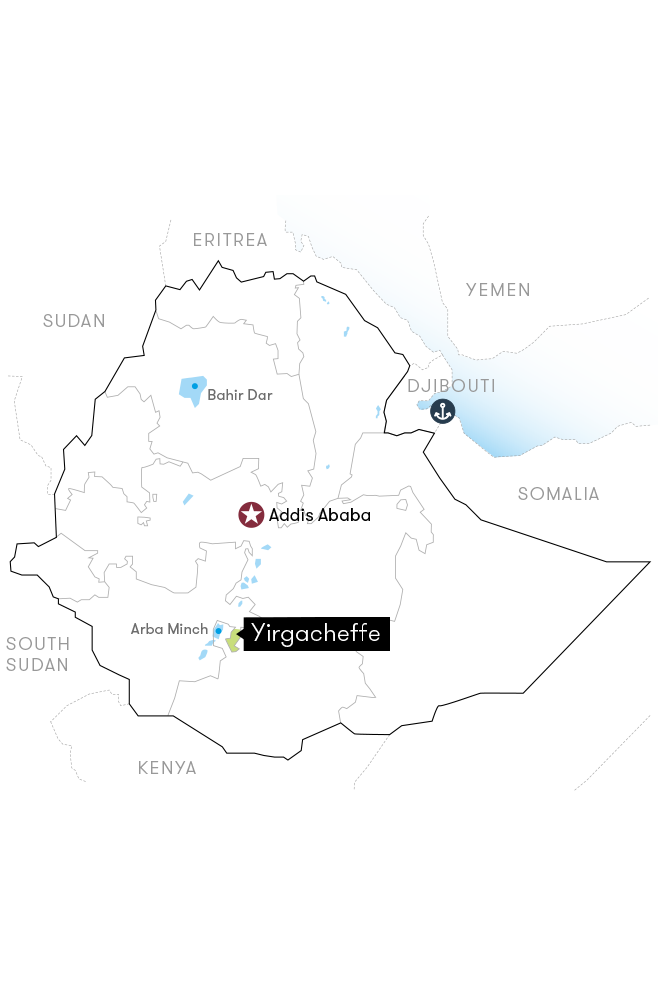
a bit about the region
Ethiopian Coffee
Coffee from Ethiopia's Yirgacheffe region is renowned for its exceptional quality and distinct flavour profile. Grown at high altitudes in the country's southern highlands, Yirgacheffe coffee is a favourite among the specialty scene for its complex fruity profile, mellow, sweet acidity and clean taste.
The coffee often features floral, citrus, and tea like notes, with hints of jasmine, bergamot, and lemon. The region's rich volcanic soil, ideal coffee growing climate, and traditional farming methods contribute to its unique character.
Yirgacheffe coffee is highly sought after by enthusiasts and is frequently used in premium single origin coffee offerings. Its complexity and delicate flavours make it a favourite for pour over and other manual brewing methods, reliably offering a vibrant and aromatic cup.
Flavour Profile: Coffee from this region is known for its clean flavour, sweet acidity, tropical, fruity, floral and tea like qualities.
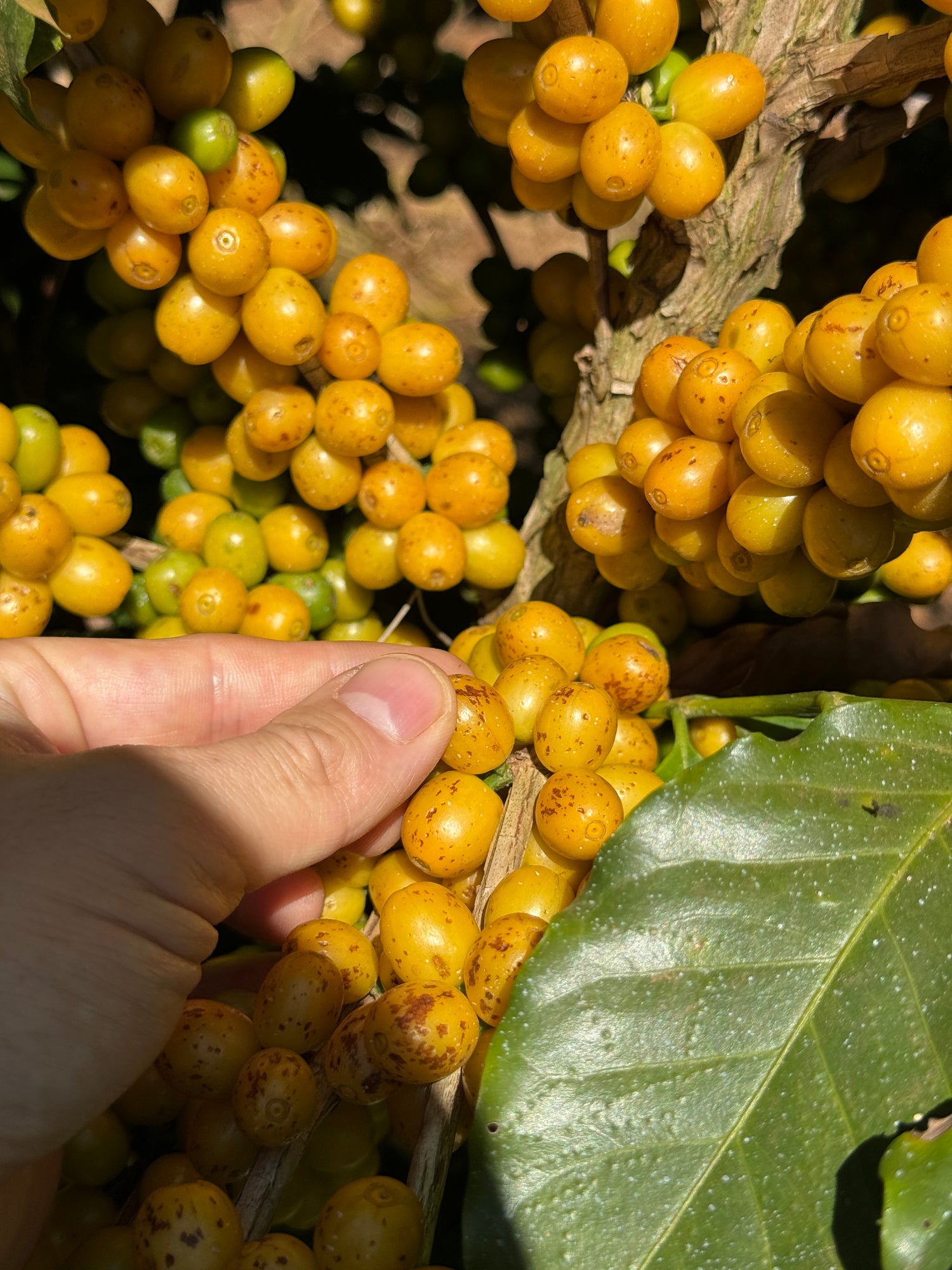
a bit about the processing
Washed process
The washed processing method, also known as the wet method, is a common coffee processing technique that involves removing the pulp and mucilage from the coffee cherries before drying. This method generally produces a cleaner, more acidic flavour profile.
Harvest: Ripe coffee cherries are picked from the trees and immediately taken for processing.
Depulping: The cherries are passed through a pulping machine to remove the outer skin and pulp. This is typically done immediately after harvest to prevent fermentation from starting before the desired time.
Fermentation: The de-pulped beans, still covered in a layer of mucilage, are placed in fermentation tanks. This process breaks down the remaining mucilage, which can contribute to the flavor of the coffee. The length of fermentation can vary depending on factors like temperature, humidity, and desired flavor profile.
Washing: After fermentation, the beans are washed to remove any remaining mucilage. This step is crucial to ensure a clean cup of coffee without any off-flavors.
Drying: The washed beans are spread out on raised beds or drying machines to dry. Drying is a critical step to remove moisture from the beans and prevent spoilage. The drying time can vary depending on factors like weather conditions and desired moisture content.
Hulling: Once the beans are dry, they are hulled to remove the parchment layer. The parchment layer is a thin, papery skin that protects the bean.
Grading: The hulled beans are sorted based on size and quality. This step helps to ensure that the coffee is consistent in terms of flavour and appearance. During specialty processing, more time is taken or indeed repeated to ensure a more refined product.
Advantages of Washed Processing:
- Washed processing generally produces a cleaner, more acidic flavour with less sweetness compared to the natural process.
- The fermentation and washing steps help to reduce the risk of defects caused by improper drying or storage.
- The washed process allows for more control over the fermentation process, which can impact the final flavour of the coffee.
Disadvantages of Washed Processing:
- Fully washed coffee is more labour intensive than the natural process due to the additional steps involved.
- It can often be more expensive than the natural process due to the additional equipment and labour required.
- The process is inherently more water intensive, which can raise environmental concerns in some regions.
Overall, the washed processing method is a popular choice among coffee producers due to its ability to produce high-quality coffee with a cleaner flavour profile.
However, the choice between washed and other processing methods ultimately depends on the desired flavour characteristics and the specific conditions, terroir or equipment available at origin.





